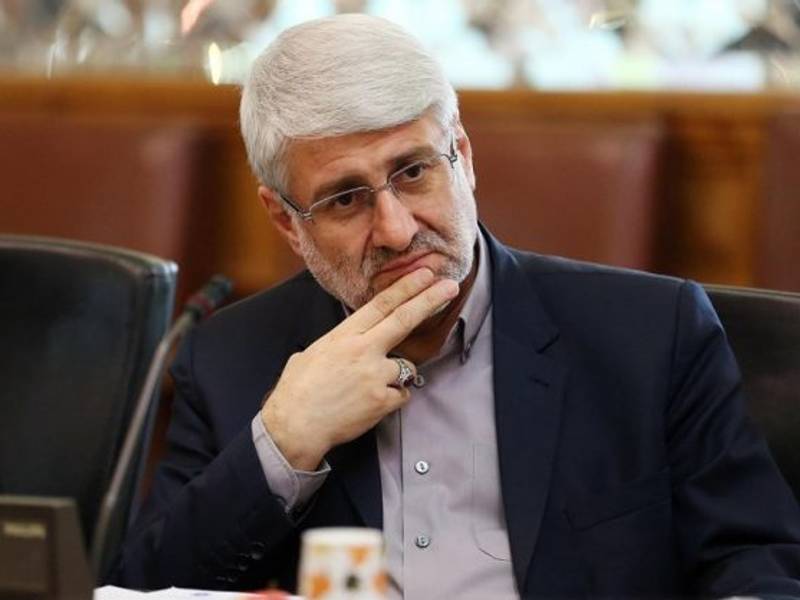MP Mohammad Hossein Farhangi has attributed the recent surge in Iran's exchange rate to heightened concerns following Israel's recent attack.
Farhangi said, “Israel's efforts to escalate tensions had psychological impacts on various markets.”
Last week Israel struck the Iranian consulate in Damascus killing a key IRGC commander and several other staff at what is believed to be a major IRGC center hidden within the diplomatic compound.
Over the weekend, Iran's currency, the rial, experienced another historic low, breaching the 650,000 threshold to reach 653,000 per US dollar. The spike represents a nearly 30 percent decline for the rial since the beginning of January, marking the highest exchange rate ever recorded for the American currency in Iran.
The increased tensions with Israel have fueled fears of potential Iranian retaliation with calls all the way to the Supreme Leader to strike back, further driving up the price of the US dollar in Iran. However, the exchange rate slightly dropped to 647,000 on Monday as Iranian officials exercised caution in their response to the attack.
The devaluation of the Iranian rial has been a persistent trend since the 1979 revolution, with a significant escalation occurring in 2018 following the US withdrawal from the JCPOA nuclear deal and the imposition of sanctions on Iran's oil exports and banking sector.
In 1978, the rial was valued at 70 rials per dollar. Over the years, the continuous devaluation has exacerbated inflationary pressures, pushing millions of Iranians below the poverty line. While official government figures suggest an annual inflation rate of over 40 percent, many experts believe the actual rate to be even higher, exacerbating economic challenges for ordinary Iranians.

